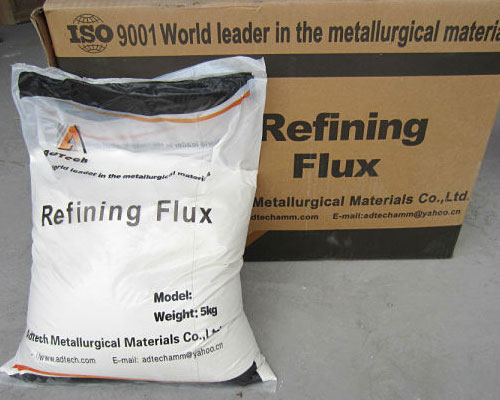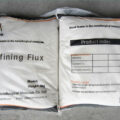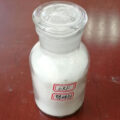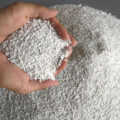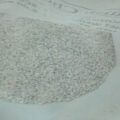Refining agent has a good impurity removal effect and stronger degassing ability, especially for removing fine-sized alumina inclusions.
The role of Na3AlF6, CaF2: mainly plays a refining role, such as adsorption and dissolution of A1203. As the content of cryolite increases, the solubility of alumina in the flux also increases. At higher temperatures, cryolite has a greater ability to dissolve alumina and is easier to separate from molten aluminum. It can effectively remove the oxide film on the surface and improves the degassing effect, increases the surface tension of the mixed molten salt, spheroidizes the molten salt that has adsorbed oxides, facilitates separation from the melt, and reduces the loss caused by the solid molten slag entrapped in aluminum. An increase in the surface tension of the melt accelerates the process of flux adsorption and inclusion.
The function of Mg2N3 is: Magnesium nitride has a strong ability to break and dissolve Al2O3, and it can react with Al2O3, and the N2 generated by the reaction also has a great effect on hydrogen removal.
The role of C2Cl6 is: low moisture absorption, easy to use, good refining effect, and has the effect of grain refinement.

Refining Agent Advantages
Using nitrogen to blow the refining agent of the present invention into the melt for refining, the impurity removal effect is good, the degassing capacity is stronger, and the amount is small. Without using the online degassing device, the hydrogen content can be reduced to about 0.10 ~0.15ml/100gAl level.
The refining agent does not chemically interact with the metal and the furnace lining, which controls the heating effect and reduces the metal burning loss. The aluminum oxidation burning loss rate is reduced by more than 30%, and the aluminum slag output rate is reduced by 50%.
The magnesium nitride added by the refining agent has a strong ability to break and dissolve Al2O3, and can react with Al2O3. The N2 generated by the reaction also has a great effect on hydrogen removal.
The microstructure of the aluminum alloy round ingot after smelting by the refining agent is uniform and compact, and there are basically no defects such as looseness and slag inclusion, which increases the uniformity of the internal structure of the aluminum alloy ingot and the refinement of grains, and improves the subsequent process The quality and processing performance of aluminum extrusion alloy profiles, the yield of aluminum alloy round ingots has been increased from 95.5% to 98.5%.

